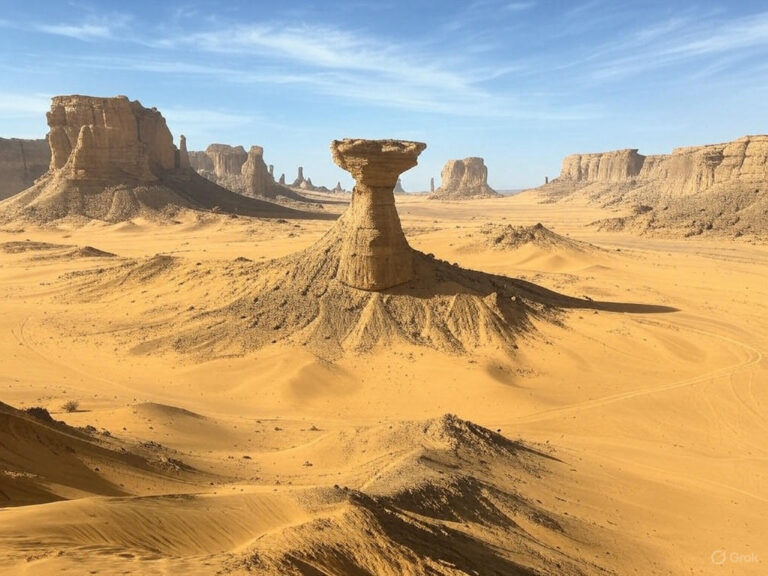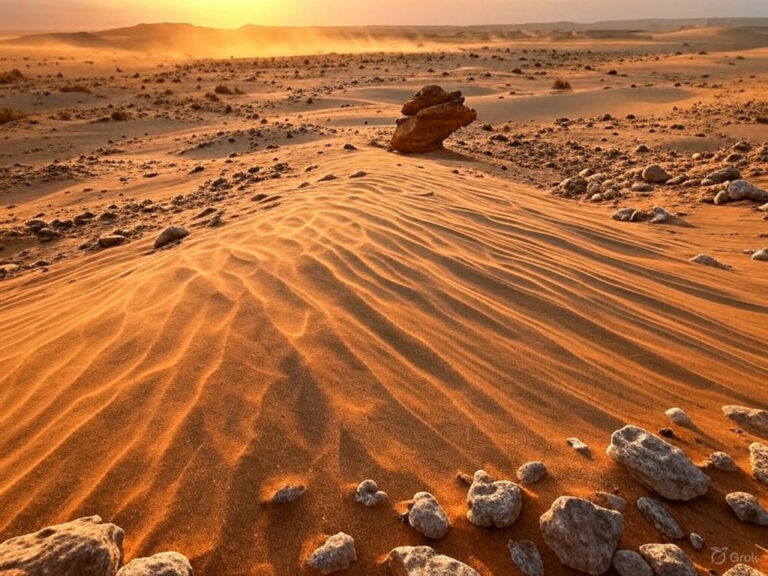Important Facts about Australian Continent
Area and Composition of the Continent
Let’s start by looking at Australia not just as a country, but as a continent—one of the seven in the world.
- Total Area: About 8.6 million km², which is roughly 5% of the Earth’s land area.
- This continent comprises:
- Mainland Australia
- The island of Tasmania
- The island of New Guinea (shared with Papua New Guinea)
- Some smaller nearby islands
Now here comes a very important conceptual distinction:
Australia is often called the world’s largest island, but geographers consider it a continental landmass instead. Hence, Greenland gets the title of the largest island.
Also, the country of Australia alone spans 7.68 million km², making it the 6th largest country in the world.
Geographical Extent (Longitudinal & Latitudinal)
Let’s locate Australia on the globe with respect to latitudes and longitudes:
- Longitudinal extent: From 113°E to 153°E → About 4000 km (running east to west)
- Latitudinal extent: From 10°S to 43°S → About 3860 km (north to south)
Thus, most of Australia lies in the Southern Hemisphere, and it is entirely located south of the Equator.
Coastline and Maritime Identity
Australia is an island continent, so naturally:
- Coastline length: Around 59,681 km (including islands), out of which about 34,000 km is the mainland coastline.
- Due to such an extensive coast, Australia has a strong maritime character—coastal cities, marine biodiversity, and naval connectivity are prominent.
Neighbouring Countries
Although isolated, Australia has notable neighbours:
- To the north: Indonesia, East Timor, Papua New Guinea
- To the east: Solomon Islands, Vanuatu, New Caledonia (French territory)
- To the southeast: New Zealand
These neighbours play a key role in Australia’s geopolitical and regional diplomacy, especially in the Indo-Pacific region.

Major Cities
Let’s understand it from different angles for better retention (see the map and try to visualise):
- By Population (descending):
- Sydney (largest)
- Melbourne
- Brisbane
- Perth
- Adelaide
- Canberra (Capital)
- Hobart
- Darwin
- From North to South: Darwin → Brisbane → Perth → Sydney → Adelaide → Canberra → Melbourne → Hobart
- From East to West: Brisbane → Sydney → Canberra → Melbourne → Hobart → Adelaide → Darwin → Perth
➡️ Tip: Use this directional order to mark cities correctly in map-based questions.
Major Islands
- Tasmania: Known as the “Apple Isle” because of its apple orchards, Tasmania is a horticultural hub.
- It’s a part of Australia, not a separate country, and is located south of the mainland (see map)
Physical Features
- Largest Lake: Lake Eyre – 9,690 km²
- Also the lowest point in Australia (15 m below sea level)
- Highest Peaks:
- Mawson Peak (2,745 m) – Located on Heard Island, near Antarctica (external territory)
- Mount Kosciuszko (2,228 m) – Highest in mainland Australia (New South Wales)
- Longest River: Murray River (~2,500 km)
Vegetation Diversity
Australia is a continent of contrasts:
- Tropical rainforests – Northeast (like Queensland)
- Temperate forests – Along the Eastern Highlands
- Snow-capped mountains – Australian Alps, parts of Tasmania
- Interior deserts – Cover a vast area (like Great Victoria Desert)
🟢 Notably, Eucalyptus trees dominate eastern temperate forests—they are evergreen and uniquely Australian.
Unique Fauna (Wildlife)
Australia is famous for endemic species—those found nowhere else:
- Egg-laying mammals (Monotremes):
- Platypus
- Echidna
- Marsupials (give birth to underdeveloped young and carry them in a pouch):
- Kangaroo 🦘 (national symbol)
- Tasmanian Devil, Koalas, etc.
These animals evolved in isolation due to Australia’s geographic separation from other continents.
Noteworthy Facts
Let’s summarise with some striking trivia:
- Largest country in Oceania and in the Southern Hemisphere
- Only country-continent without land borders
- Cape York – Northernmost tip of the mainland
- South East Cape (Tasmania) – Southernmost point
- No glaciers at all (unlike other continents)
- No active volcanoes, but several extinct ones
🧠 Quick Memory Trick (For Revision):
Think of Australia as a self-contained world:
- 🌏 A continent and a country
- 🏝️ Surrounded by water, dotted with unique islands
- 🌲 From forests to deserts, it has it all
- 🦘 Home to creatures from a different evolutionary timeline
- 🗺️ A continent that breaks every continent’s rule—no volcanoes, no glaciers, no borders, but full of surprises!




